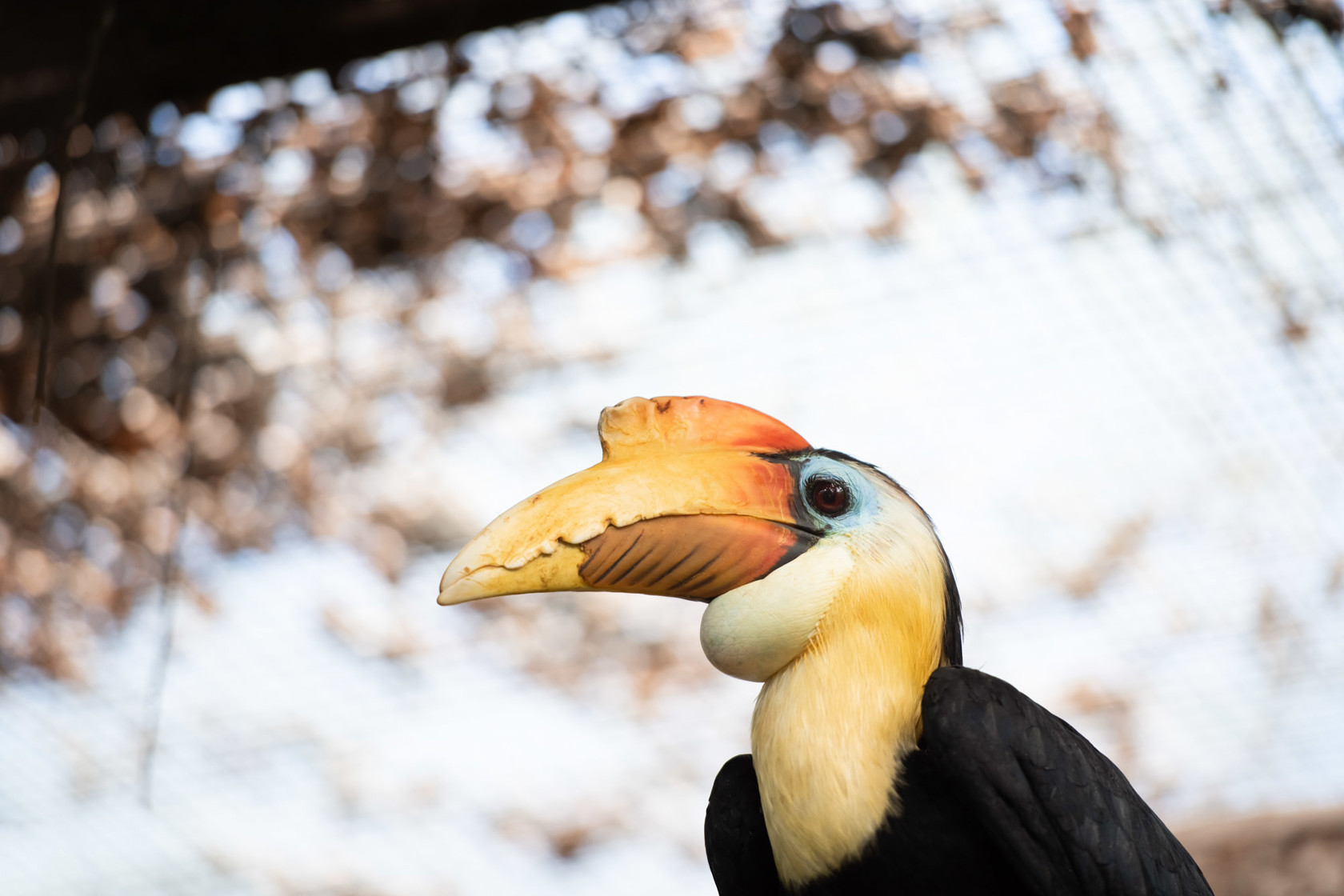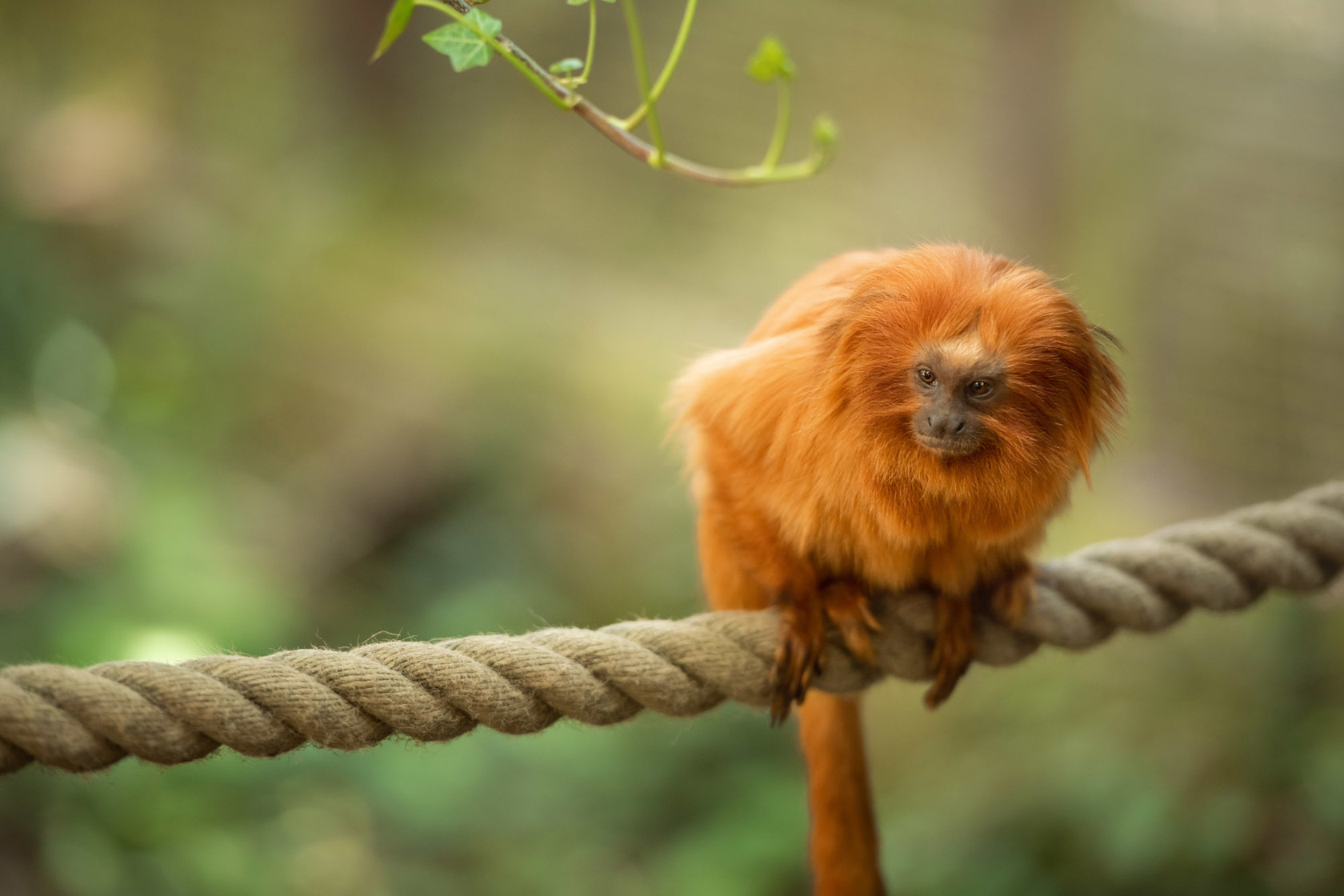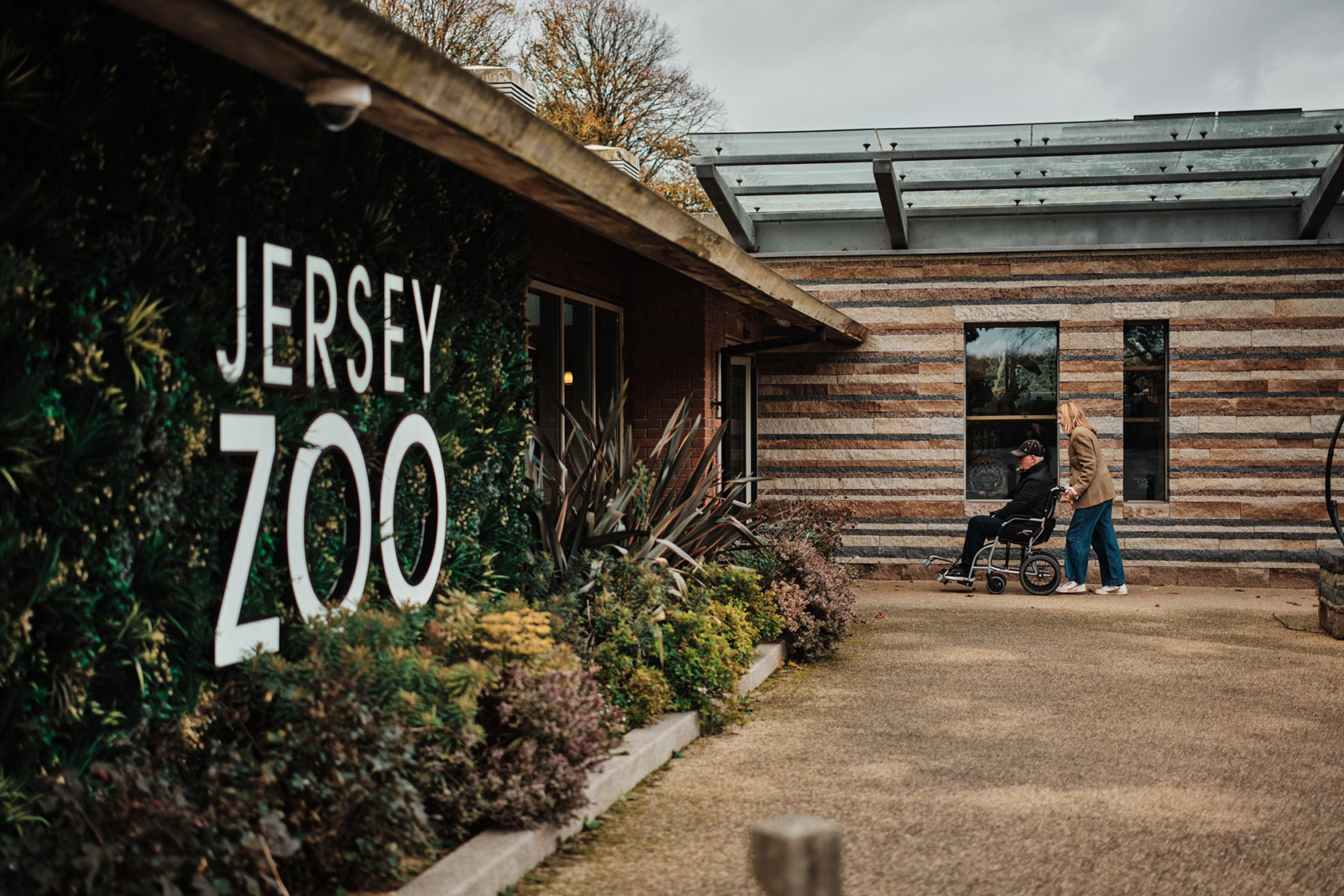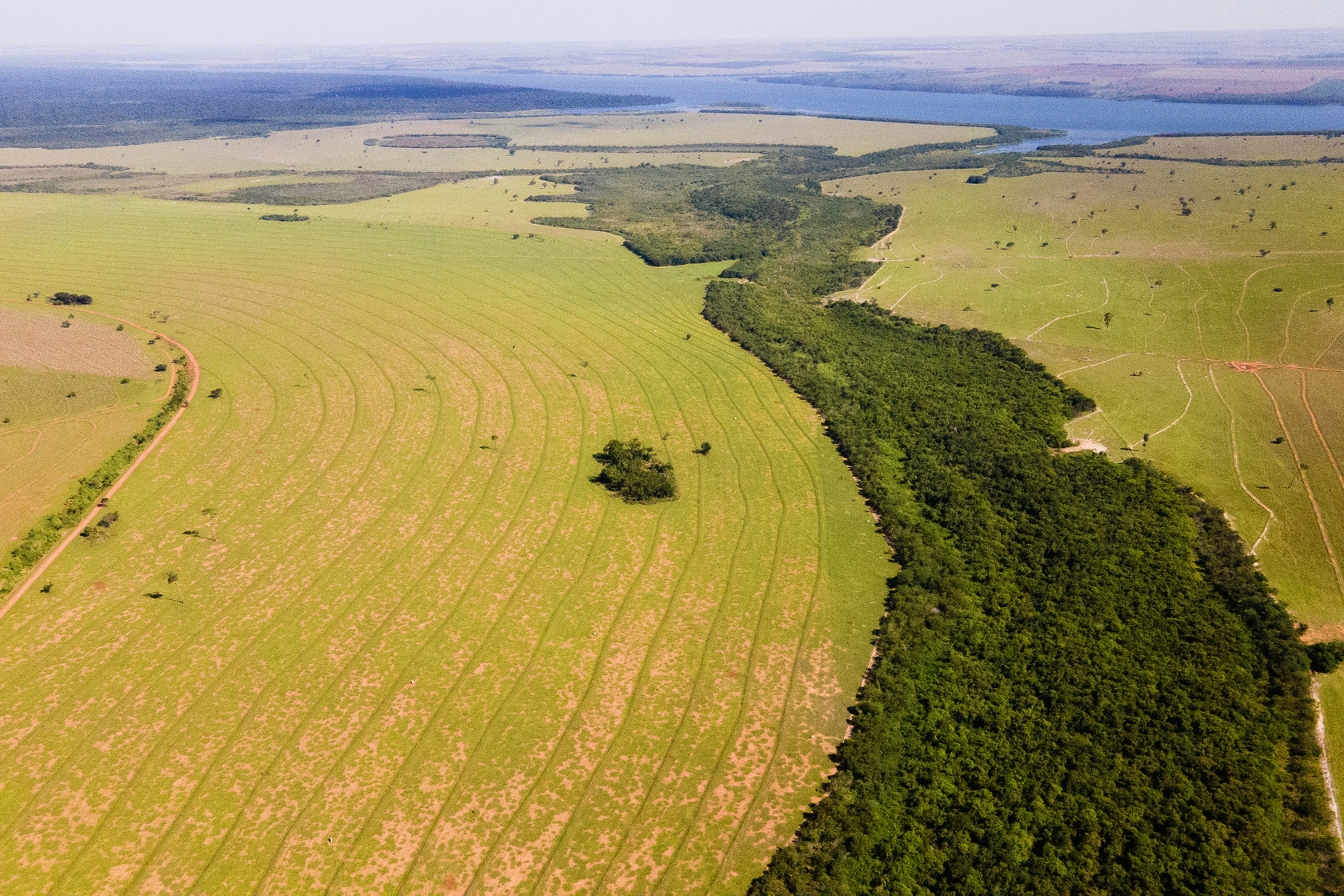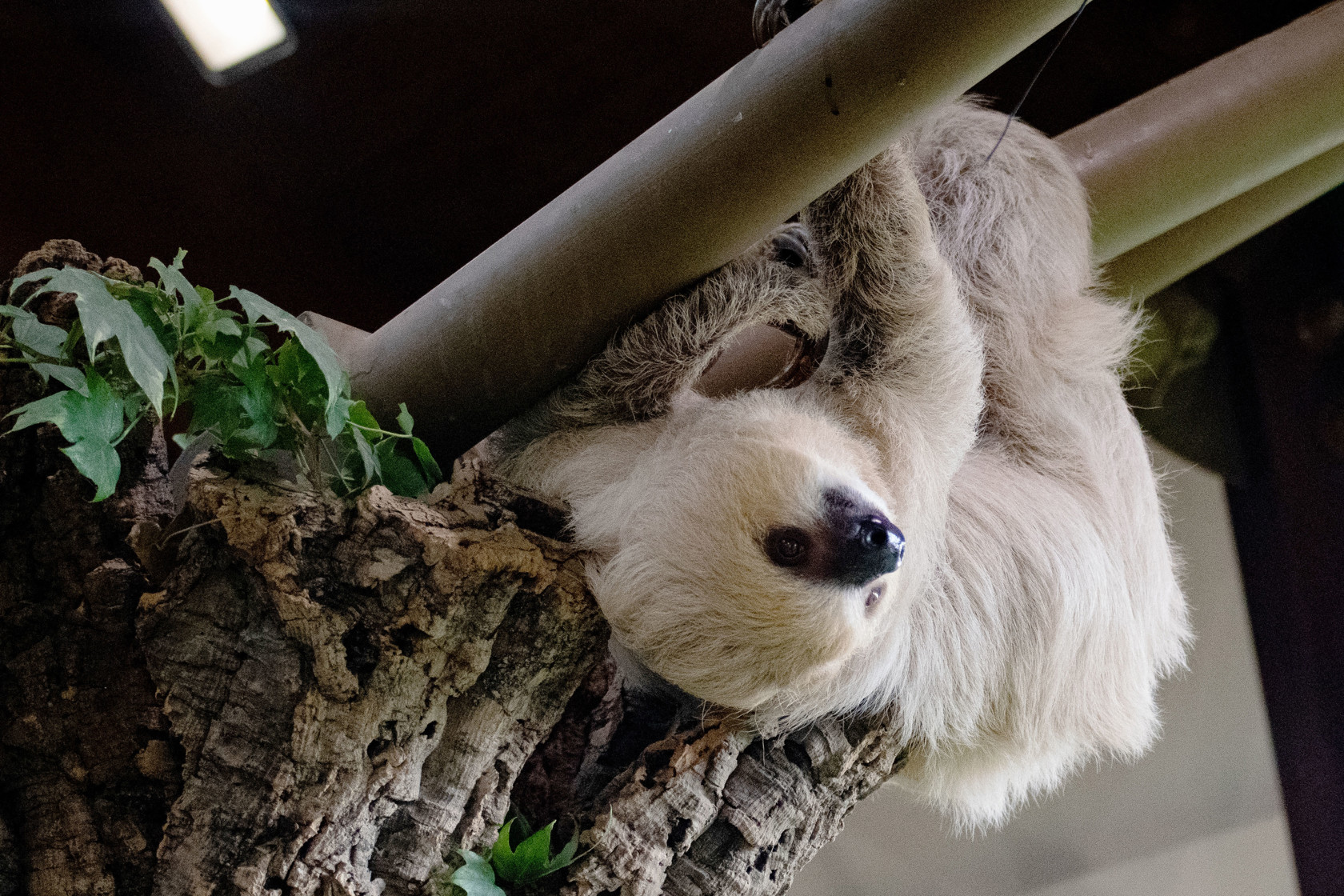Durrell Diaries: The one list you don’t want to be top of
A strikingly beautiful and highly endangered wildfowl species, the white-winged duck has been held at Jersey Zoo since the 1970s.
Native to Southeast Asia, it is one of the rarest ducks in world; this unfortunate accolade becoming all the more realistic when it was uplisted to Critically Endangered back in November. Birdlife now describes it as being on the verge of extinction. Habitat loss, hunting and disturbance have all caused a sharp decline in numbers with only 150 to 400 mature birds left in the wild today.
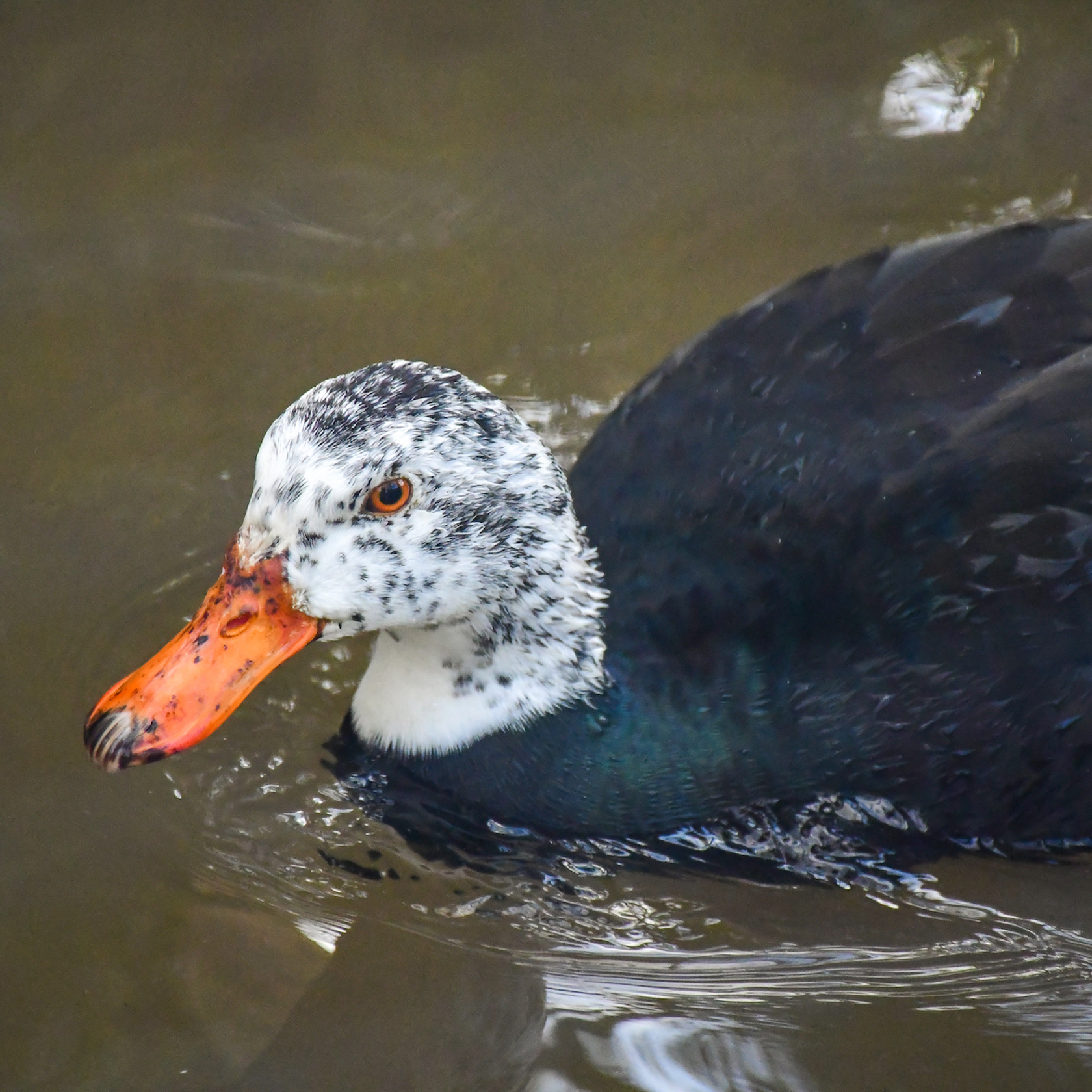
As ducks go, they are definitely one of the most striking. Very large birds, they have a beautiful glossy blackish-brown body, with white patches on the wings. While birds found in the west of their range such as Assam have dark mottling on their heads, those found in the east such as Sumatra have totally white heads in comparison. Whatever their appearance, their calls are really what makes them iconic - their haunting calls at dusk having earned them the name ‘Deo Hans’ in Assamese (translated into English to mean Spirit Duck). It is sad to think that
birds flying over orang field stations in Sumatra used to be seen every evening in years gone by, yet now there are only around 70 left in all of Sumatra.
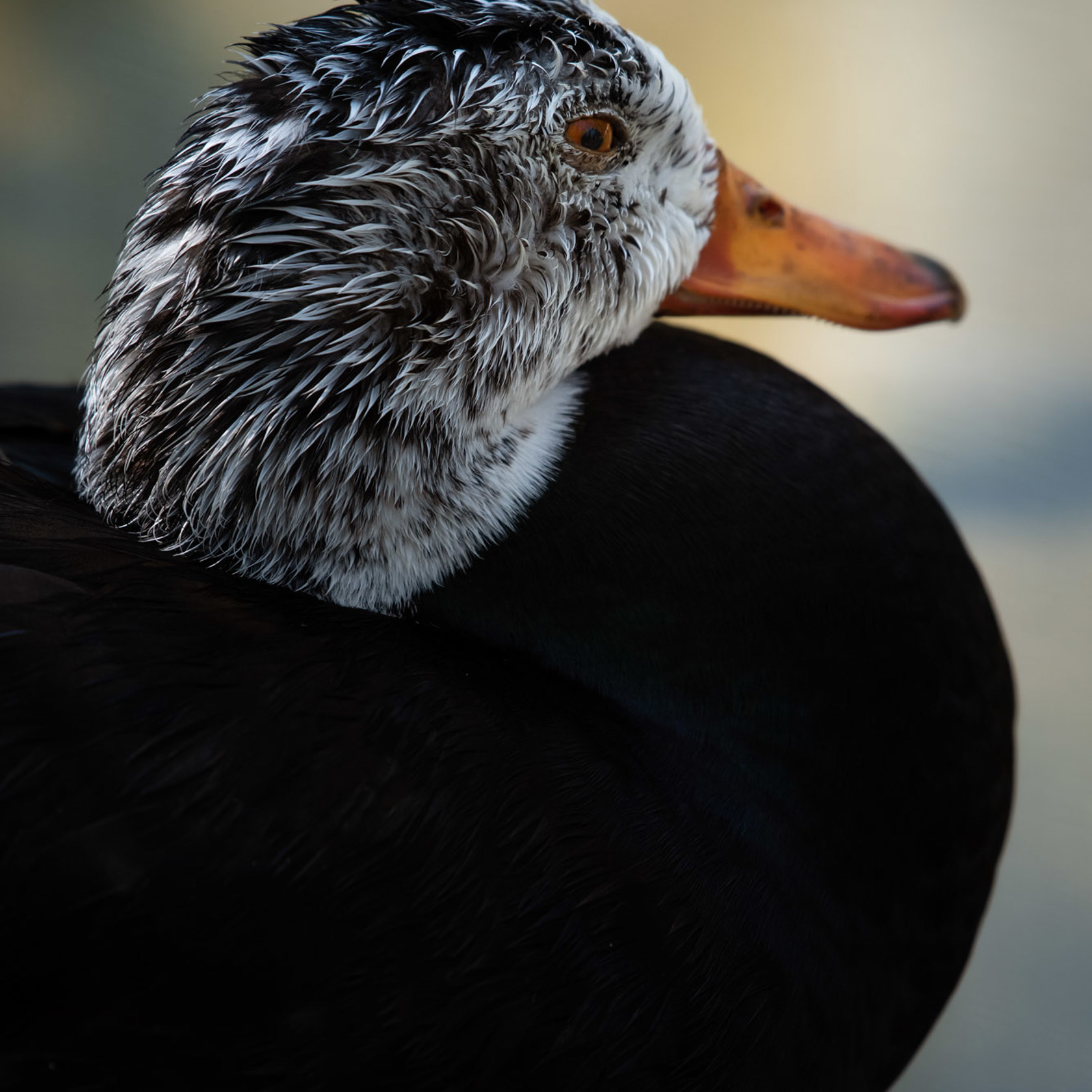
As a bird ever-present in the collection at Jersey Zoo over the years, it has been easy to become complacent when seeing them daily; particularly when the zoo has bred so many over the years. It is this success that has meant Jersey Zoo has been integral in helping bolster the captive breeding programme. Our current pair consists of a 10-year-old female that was hatched at Bristol Zoo, as well as a male of the same age, who was hatched at Halle Zoo in Germany.
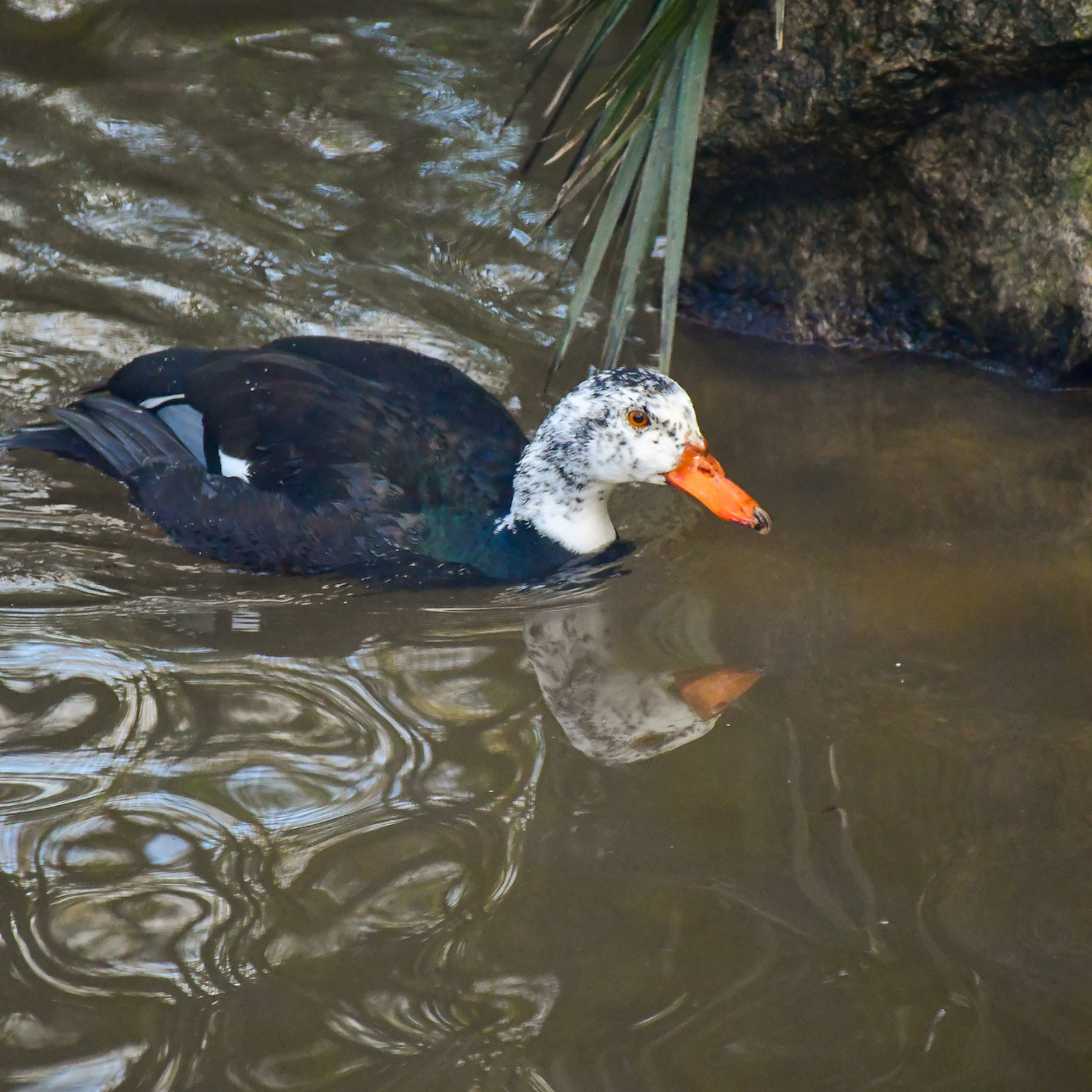
Sadly, the species do not help themselves when it comes to conservation efforts. They are very shy and elusive birds, being crepuscular in nature and choosing to remain in thick vegetation for much of the day. They never flock, only living in pairs or small groups, scattered across a vast range in dense swampy forest and riverine wetlands. That doesn’t mean to say it can’t be done however!
In the meantime, we will continue to hold the species here at Jersey Zoo and having just been told our pair are one of the most important in the European Breeding Programme, fingers crossed they will breed this year.

